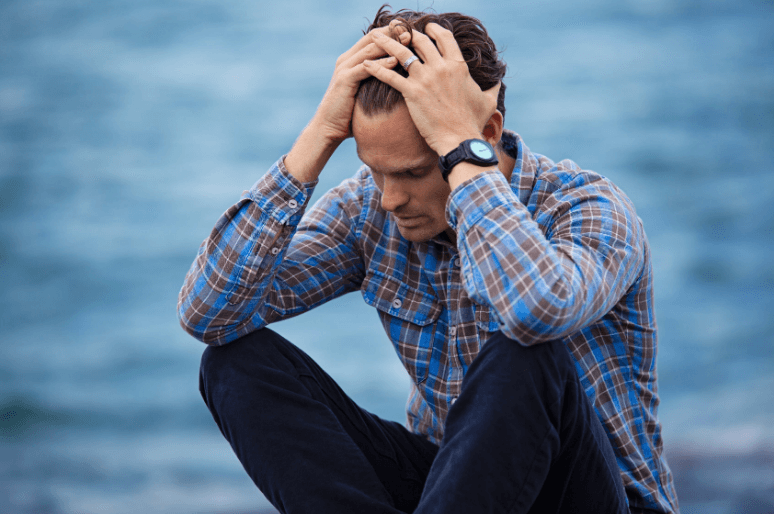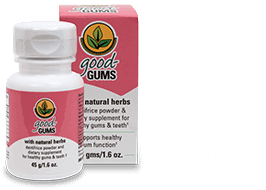3 Breathing Exercises for Stress, Tension, and Anxiety

CONSCIOUS BREATHING CAN SAVE YOUR LIFE
We do it 12-20 times per minute adding up to 17,000 – 30,000 times a day, and we do it without even realizing it. Yes, we’re talking about the very life force energy that keeps us alive – breathing!
Interestingly, most of us take this very natural, innate mechanism for granted. By that, we mean we are completely oblivious to the fact that we are even doing it. However, when we become more aware of our breath, the health effects really are endless! Breath awareness or mindfulness can improve emotional, mental and physical health and really has the power to transform our lives for the better.
There are many breathing exercises around, and in all honesty, any of them can be beneficial. But we want to focus on three of our chosen powerful techniques related to specific issues that most of us experience at some point in our lives – stress, physical tension, and anxiety.
Breathing exercise to reduce stress
Focused breathing meditation
Stress is a very normal part of life and occurs when changes happen in our environment. The body then reacts to these changes with physical, emotional and mental responses.
But it’s how we deal with stress that makes the biggest difference to our overall well-being. Staying in the stress state causes great harm to our bodies and minds and can worsen conditions such as heart disease, Alzheimer’s, diabetes, depression, personality disorders, gastrointestinal problems, migraines, eczema, and asthma.
Between 75 – 90% of doctor visits are for stress-related issues, so it’s something we really need to get a handle on.
So let’s get a handle on it now!
- Get comfortable. Either sit up against a wall with your back straight, sit upright on a chair, or lie down with your legs stretched out.
- Take 3 deep breaths making a sound out your mouth with each breath.
- Place your hands on your belly and regulate back to your natural breathing.
- Focus on the air going in and out of your belly and on your hands rising and falling with each breath.
- After a minute or so begin to take longer breaths. Breathe in for 4 seconds, hold for 2 seconds and slowly exhale for 8 seconds.
- When your mind wanders, observe where it has gone and gently return your focus to the breath without judging yourself.
- Continue for up to 15 minutes.

Breathing exercise for physical tension
BODY SCANNING
Pain or tension in the body can be a result of many different factors. Perhaps you have a physically demanding job, an old recurring injury, poor posture or overdid it in your last exercise session. Or maybe it’s a result of psychological or mental stress. Or maybe it’s even a result of an underlying condition.
Autoimmune diseases such as myositis, lupus, and rheumatoid arthritis develop when the body’s immune system mistakenly attacks its own tissue. This can cause a lot of pain in the body. There are also many other conditions that can affect joint mobility.
Stress reduction expert, Jon Kabat-Zinn, recommends the body scan exercise as the best form of meditation for any pain condition.
He advises practicing it every day for 45 minutes, even if it seems boring or doesn’t seem to be working. He explains, “you don’t have to like it, you just have to do it…whether you find the body scan to be very relaxing and interesting or difficult and uncomfortable or exasperating is irrelevant to whether it will serve you well.”
The aim of the body scan isn’t to completely relieve pain but to become aware of it, get to know it, understand it, and learn from it so you can then manage it.
THE KABAT-ZIN TECHNIQUE:
- Lie on your back with your legs stretched out and your palms facing upwards. Cover yourself with a blanket if you tend to get cold.
- Close your eyes and focus on your breathing.
- Feel your belly expanding gently when you inhale and contracting when you exhale.
- Begin by focusing on your left toes. Feel any and all sensations in this area, including any pain. Keep breathing into your area of focus and sink more into the floor every time you exhale.
- When your mind wanders, observe where it has gone and gently return your focus to your toes without judging yourself.
- If you notice pain, notice it and any thoughts or emotions that accompany it, and gently breathe through it. See if by carefully observing the discomfort and being OK with it, you can help your body to relax. Don’t expect the pain to disappear, just watch it with a mindful but non-judging mind.
- Gradually, let go of the focus on your left toes completely—even if there is still pain—and move on to the left ankle and repeat the process.
- Once you have scanned your legs, concentrate your awareness and breath on your pelvis, traveling to your lower back, abdomen, chest, shoulders, arms, hands, neck and head.
- After you have scanned your entire body, unite each body part by letting each breath flow into the next body part. For example, let the breath move you from your toes to your ankles to your calves to your knees and so on.
The body scan is about seeing our body as a perfect whole, united by the breath flowing in and out of the body.
“The body scan is not for everybody, and it is not always the meditation of choice even for those who love it. But it is extremely useful and good to know about and practice from time to time, whatever your circumstances or condition. If you think of your body as a musical instrument, the body scan is a way of tuning it. If you think of it as a universe, the body scan is a way to come to know it. If you think of your body as a house, the body scan is a way to throw open all the windows and doors and let the fresh air of awareness sweep it clean”
– Jon Kabat-Zin

Breathing exercise for anxiety
Visualization
While stress is generally a response to an external cause such as getting fired, breaking up with a partner or meeting a tight deadline at work, the root of anxiety is internal. Anxiety is a person’s reaction to stress and is usually characterized by an underlying feeling of worry, apprehension, fear and dread. Unlike stress, anxiety persists even after the troubling situation has passed. We are all prone to momentary anxiety from time to time and it happens when we let our worrying thoughts get the better of us.
The best way to ease anxiety is to get out of our worrying minds. A great exercise for this is to visualize your happy place!
let’s get visualizing!
- Sit comfortably, with your back resting against a wall or back of a chair.
- Close your eyes and become aware of your breath.
- Begin visualizing your happy place. It could be on a beach, on a mountain, a jungle lagoon or somewhere you may have visited on vacation.
- Start by noticing the environment around you. What do you see? What do you smell? What can you hear? What does the ground feel like underneath you?
- Don’t think too much about it. Just allow yourself to freely imagine. There is no right or wrong. This is your make-believe magical world.
- Make more of a conscious effort to relax your body, taking deeper, fuller breaths
- Remember, it’s just you in your safe, comfortable, relaxing, happy place.
- Start becoming aware of how you feel. Feel what total freedom feels like.
- Waves of stressful thoughts may enter but as soon as you notice them or feel their tension, breathe them away and come back to your safe, happy place.
- Stay here for as long as you wish.
- When you are ready, open your eyes and begin to notice how different your body and mind feel.
Stress is one of the biggest killers. Just 10 minutes a day of either one of these 3 exercises will begin to change how you react to your environment, bringing you more peace of mind, more ease in the body, better health and a greater sense of well-being.
Please note, these exercises are designed to help those dealing with moderate levels of stress, tension and anxiety. Those who suffer from chronic conditions should consider seeing a licensed mental health care professional.

Subscribe To Our Newsletter
Be the first to receive all our news, offers and natural oral health tips and articles.


